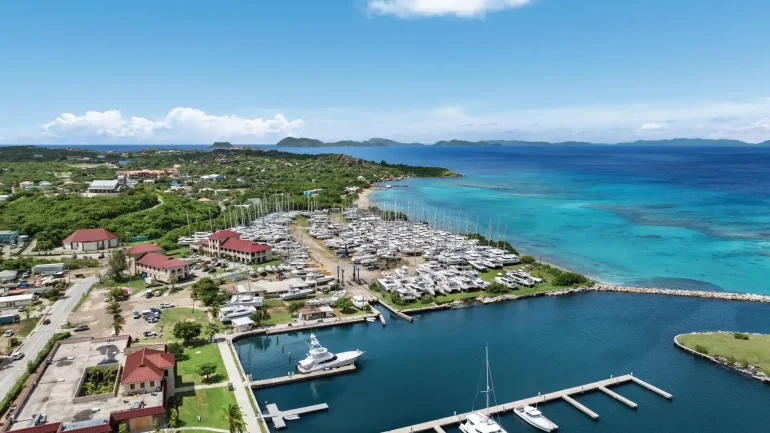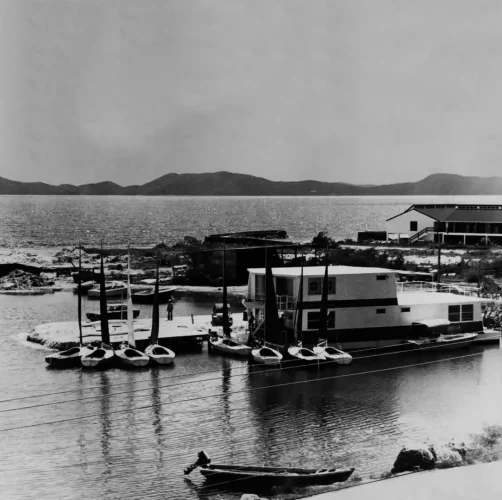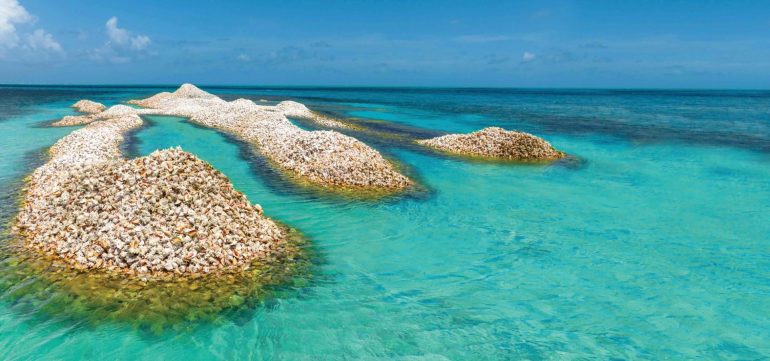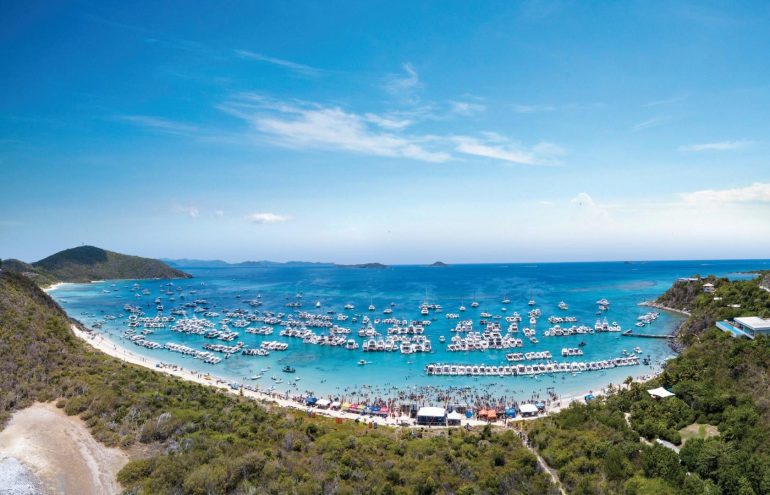The tourism industry and its economic bedfellow, tourism development, have taken a beating in the current economic recession. The first target in a weak economy is discretionary spending, and the nature of tourism is that it’s a luxury, not a fundamental need for an individual.
Visitor numbers have inevitably declined as potential tourists everywhere have tightened their belts. However, for many living in the Caribbean, tourism is the primary source of economic livelihood. The Caribbean nations are home to less than 1% of the global population, but they receive more than 3% of global tourist arrivals, which means that the performance of the tourism industry has a direct economic impact, with its success impacting GDP, creating entrepreneurial and business opportunities, attracting international investment, and helping to fill regional government coffers.
The BVI is a microcosm of this regional dependency, albeit with the tenuous luxury of having the second economic pillar of the financial services industry running parallel with tourism. Unfortunately, we have clearly seen the negative impact of the recent decline in tourist arrivals and the challenges of the decline of the sources of investment capital for tourism development in the BVI with the stalling of many major projects within the territory.
Tourism development, when managed as true sustainable development, is essential to the wellbeing of the BVI economy. For a true understanding of the impact, it’s useful to follow the trail of the tourism investment dollar.
The land for development may have been purchased or may be developed by an existing landowner. If the former, the government will have benefited from significant stamp duties, and the vendor will have benefitted from an injection of capital into the community. The developer will employ professional consultants to assist in the feasibility, planning, and social, economic and environmental impacts of the proposed development; they will employ local firms with experience in similar developments or an international firm who willteam up with local consultants to ensure that fees and taxes remain in the community. The local consultants will be able to offer constructive input based upon their understanding and knowledge of the community. The developer will be injecting signifi cant equity or capital into the project which, under the current economic environment, may represent 50% to 60% of the project costs. The balance will probably be funded by one of the local banks, giving them a stake in the success of the project.
Local contractors will undertake much of the construction work. Their employees, most of whom may be expatriates, will distribute money into the local community through rental accommodation from local landlords and by spending money at local businesses. This expenditure will in turn create entrepreneurial and employment opportunities for the secondary and tertiary benefi ciaries, ensuring the investment dollars can circulate a number of times through the community.
In a small island economy with limited natural resources and manufacturing base, most of the materials will be purchased overseas. Aggressive local pricing, customs exemptions and convenience factors should lead to a signifi cant amount of the materials being purchased though local suppliers. Unfortunately, the BVI has very limited options for regional construction materials to minimize the carbon footprint of overseas imports.

Once complete, the development may offer product for sale as either whole ownership as investment property or as fractional ownership, each of which offers stamp duty income to the government to fi nance infrastructure development.
The guests of the completed development will bring a further infl ux of tourism dollars into the community through direct expenditure on local products and businesses as well as indirect fi nancial benefi ts through the creation of employment, with the further secondary and tertiary benefi ts as their dollars are converted into wages which in turn get spent within the local business community. The developer should work with the government in the creation of entrepreneurial opportunities within the community to service the guests’ needs, in turn offering the possibility for the creation of many small businesses with potential to service the tourism market.
Tourism development and its impacts must be honestly evaluated with an understanding of the consequences for the infrastructure of the territory. This understanding should lead to a planned development process with upgraded infrastructure for the community as a whole being funded by the tourism dollar.
This investment and potential for reward must be set in the context of the tripartite of true sustainability to be viable for both the developer, whether local or external, and the BVI community.The development must be fi nancially viable, to benefi t both the developer and the local community. The development must respect its context, offering a high level of authenticity and respecting the local culture. And the development must be environmentally appropriate, minimizing its environmental impact and helping to preserve the very qualities that attract tourists to the BVI.
Tourism development is challenging, particularly in the BVI. Debt funding for international tourism development is scarce. Construction and operating costs are very high compared to the international marketplace. Global competition for the tourist dollar and the developer’s dollar are particularly aggressive, with the Asian and Middle Eastern markets developing strongly. The paradigm has shifted, and the developer has become an endangered species, but there remains a powerful appeal for the right type of product in the BVI





